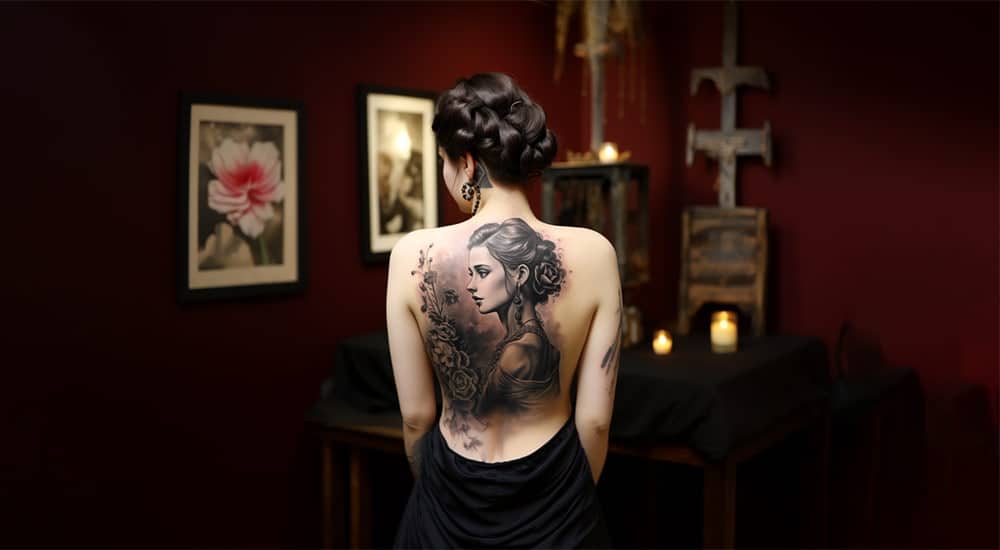History: Realism tattoos are a relatively recent addition to the tattoo world, emerging in the latter half of the 20th century. Inspired by the art world’s photorealistic and hyperrealistic movements, this style sought to bring true-to-life imagery to the realm of body art.
Characteristics: The defining characteristic of Realism tattoos is their astonishing attention to detail and lifelike representation. These tattoos aim to replicate photographs or portraits on the skin. They are known for their intricate shading, precise lines, and a broad spectrum of grayscale and color. Common subjects include portraits of loved ones, celebrities, animals, and nature scenes. Achieving the level of realism required for this style demands a high level of skill and artistry from the tattoo artist.
Origin: The birth of Realism tattoos can be attributed to the advancement of tattooing equipment and techniques. The development of high-quality tattoo machines and the improved availability of ink pigments allowed artists to create finer, more detailed work. The desire to capture cherished moments and individuals in a lifelike manner also played a role in the style’s evolution.
As realism in the art world gained popularity, it naturally found its place in the tattoo industry. Notable artists like Nikko Hurtado and Robert Hernandez have been instrumental in pushing the boundaries of Realism tattoos. These artists, with their incredible talent and dedication to their craft, have transformed tattoos into true works of art.
Realism tattoos have the power to evoke deep emotions. They can immortalize a loved one’s face or celebrate the beauty of the natural world. With these tattoos, people can carry a piece of what they hold dear on their bodies, in stunning detail.
In the world of body art, Realism tattoos are a testament to the boundless possibilities of the medium. They blur the line between skin and canvas, allowing people to wear their passions and memories with incredible realism and artistry.

